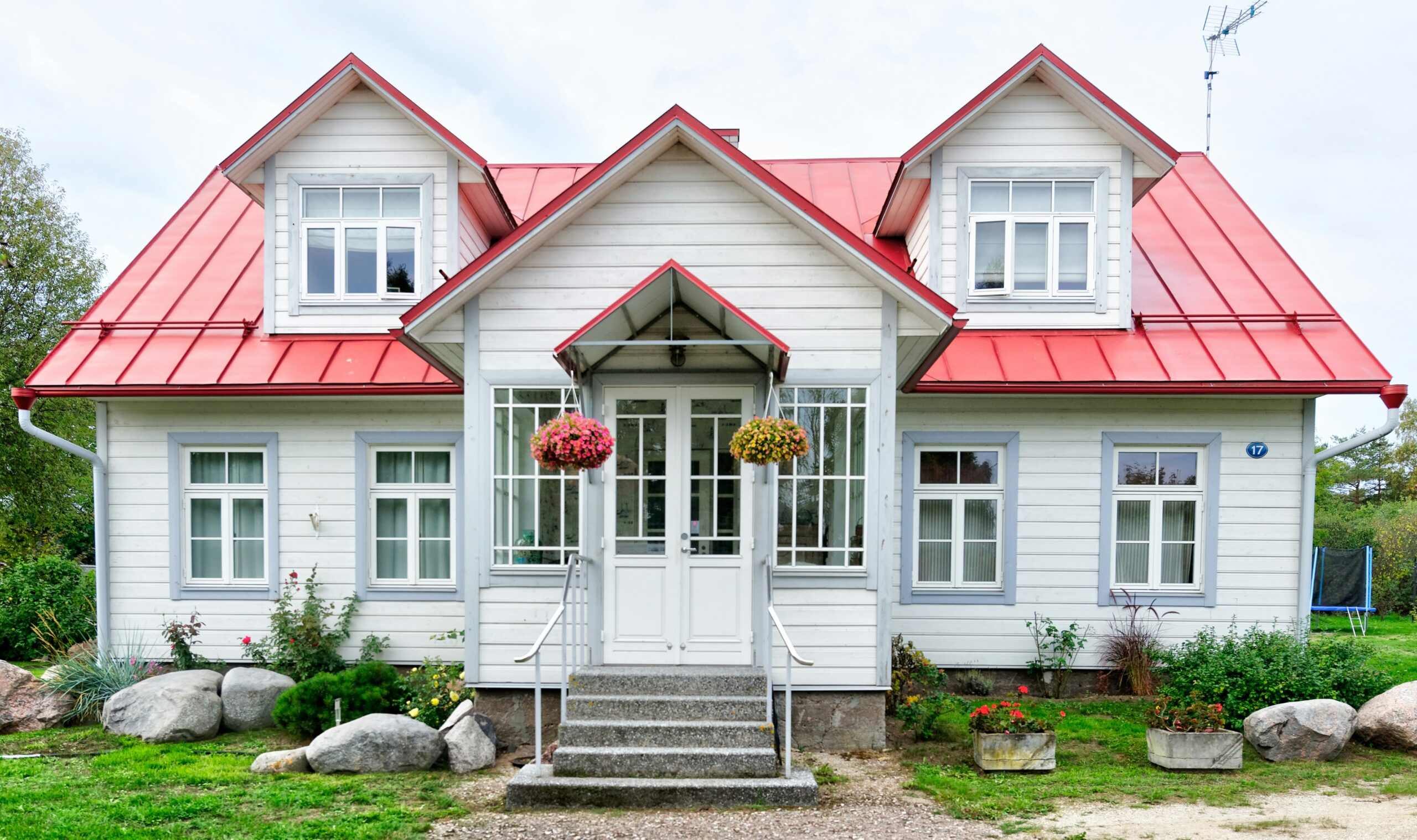The American dream of owning a home has become increasingly out of reach for millions of people across the country. Skyrocketing home prices, rising interest rates, and limited housing inventory have converged to create a market that feels more like a barrier than a pathway for many potential buyers.
The result? A housing affordability crisis that is impacting not only individuals and families but also the broader economy and communities nationwide.
The Scale of the Housing Affordability Crisis
Housing affordability is commonly measured by the share of income that households must devote to housing costs—whether rent or mortgage payments. The rule of thumb has long been that housing costs should not exceed 30% of a household’s gross income. Beyond this threshold, families risk financial strain, cutting back on essentials like food, healthcare, and education.
Unfortunately, recent data paints a grim picture:
- The median home price in the U.S. rose sharply over the last few years, with prices in many markets increasing by 15% to 25% year-over-year.
- Meanwhile, mortgage interest rates have climbed from historic lows around 3% to over 7% in early 2025, dramatically increasing monthly payments.
- Many areas face inventory shortages, meaning limited options for buyers and intensified competition, pushing prices even higher.
- The combination of rising prices and rates has pushed the monthly cost of buying a median-priced home well beyond the reach of average wage earners.
According to the National Association of Realtors (NAR), the Housing Affordability Index dropped below 100 in 2024, indicating that the typical family can no longer afford the median-priced home—a threshold not seen in over 15 years.
Why Is Housing Becoming So Unaffordable?
Several forces are colliding to create today’s affordability challenges:
1. Supply and Demand Imbalance
The U.S. has been grappling with a chronic shortage of homes for sale, especially affordable starter homes. Decades of underbuilding, zoning restrictions, and rising construction costs mean supply is failing to keep up with demand. This gap naturally drives prices upward.
2. Rising Mortgage Rates
Mortgage rates doubled from their historic lows in 2020–2021. For example, a 3% interest rate on a $400,000 loan may have meant a $1,700 monthly payment, but at 7%, that jumps to about $2,600. That extra $900 can push homes from affordable to out of reach for many families.
3. Inflation and Wage Growth Lag
While inflation has driven up the cost of living overall, wage growth has not kept pace in many sectors. When incomes stagnate but costs rise, affordability suffers.
4. Investor Activity
Increasingly, institutional investors and private equity firms are buying up residential properties—especially single-family homes—reducing supply for typical buyers and sometimes raising rents.
Where Is Housing Affordability Getting Worse?
While the affordability crisis touches the entire country, some regions and metro areas are feeling the squeeze more acutely than others.
West Coast: San Francisco Bay Area, Los Angeles, Seattle
The West Coast has long been synonymous with high housing costs, but affordability continues to erode rapidly:
- San Francisco Bay Area saw median home prices reach over $1.2 million in 2024, forcing many residents to relocate or delay buying.
- Los Angeles continues to battle skyrocketing rents and home prices fueled by demand, limited space, and regulatory hurdles.
- Seattle’s booming tech economy has driven prices and competition through the roof, especially impacting first-time buyers.
Mountain West: Denver, Salt Lake City, Boise
Once considered more affordable alternatives, cities in the Mountain West have seen explosive growth and price hikes in recent years:
- Denver’s median home price surpassed $600,000, with affordability dropping sharply.
- Boise, Idaho experienced one of the fastest price increases in the country, pricing many locals out of the market.
- Salt Lake City is facing similar trends as remote work continues to fuel migration.
Sun Belt: Austin, Phoenix, Tampa
Rapid population growth and economic expansion have pushed housing prices higher in these traditionally affordable markets:
- Austin’s tech boom has accelerated home price growth beyond many residents’ means.
- Phoenix and Tampa have seen strong buyer interest, shrinking inventory and rising prices.
- These markets illustrate how affordability challenges are spreading beyond historic high-cost coastal cities.
Midwest: Chicago, Detroit
While generally more affordable, some Midwest cities are beginning to see pockets of affordability strain:
- Chicago’s housing market is stabilizing but affordability remains a concern in some neighborhoods due to rising taxes and maintenance costs.
- Detroit is experiencing revitalization, but some areas still struggle with a lack of affordable, quality housing.
What Does This Mean for Buyers and Renters?
For Buyers:
Many aspiring homeowners are priced out of the market or forced to settle for smaller homes, longer commutes, or less desirable neighborhoods. This delay in homeownership can impact long-term wealth building and community stability.
For Renters:
Rising home prices often translate into higher rents. Renters face a tightening market with fewer affordable options, increasing the risk of housing insecurity.
What Can Be Done to Address the Crisis?
While there are no quick fixes, a combination of public policy and private sector innovation is needed:
- Increase Housing Supply: Reform zoning laws, speed up permitting, and encourage the construction of affordable housing units.
- Support First-Time Buyers: Programs offering down payment assistance and lower mortgage rates can help.
- Promote Sustainable Development: Mixed-use developments, transit-oriented projects, and energy-efficient homes can ease pressures.
- Expand Rental Assistance: Strengthening renter protections and subsidies to support housing stability.
The unaffordability of today’s housing market is a complex, multifaceted challenge affecting millions of Americans.
While coastal cities often grab headlines, affordability is deteriorating across the country, reshaping where and how people live. For businesses, policymakers, and communities alike, understanding these dynamics is crucial to crafting solutions that make housing accessible and sustainable for all.
As housing affordability continues to decline, keeping a close eye on market trends and regional shifts will be essential for navigating the future—whether you’re buying, renting, investing, or shaping housing policy.





